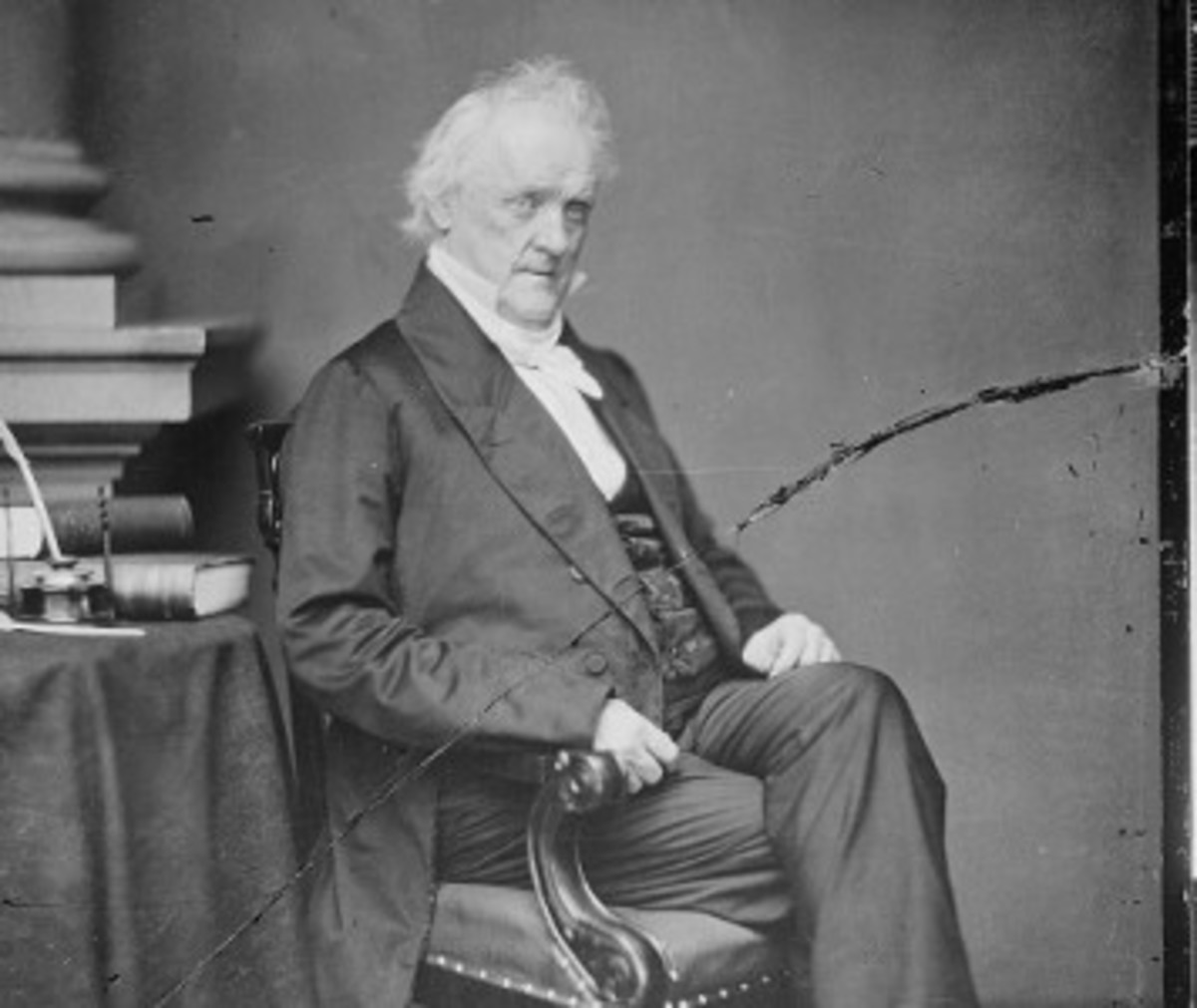How to Learn the Most From Your Personal Life Lessons

As we go through life we learn things. We start out right away. In the beginning we begin to learn the basics of how our bodies work and experiment with communication and relationships. We learn that not everyone knows what we know, that a hot oven door will burn our hands and that asphalt will give us a bad scrape if we lose our balance and fall down on it.
Life's lessons come from both positive and negative experiences. Positive experiences send the message that we are doing something right whereas negative experiences hint at the opposite. Some of life's strongest lessons come from negative experiences.
As intelligent creatures we can develop techniques that help reap practical conclusions from the lessons of life. These techniques become important tools to keep emotion from overly clouding our judgment while we try to reach the conclusions that will help us live a better life.
Two tools that can help us on our way are:
- Visualization
- Empirical analysis

Visualization
One of the strongest tools in our life lesson toolbox is visualization. Whether a person has a negative or a positive experience, but especially in the case of a negative experience, visualization can help discern the true life lesson that can be taken away for later use.
In visualization we step outside ourselves and observe ourselves as if we were a disinterested person. Some people can do this in their mind while others must use other means. For those that can do it in their mind, simply picture yourself in the situation as you remember it and replay the sequence of thoughts and events as truly as you can. For those that cannot visualize themselves mentally, use finger puppets, blocks of wood, tokens from a board game, or diagrams on a piece of paper to reconstruct the occurrence as truly as you can.
If you find it helpful, list the events and thoughts on a piece of paper.
Once you feel you have reconstructed the occurrence to the best of your ability, you can examine various events within the occurrence empirically, which leads us to our next topic.

Empirical Analysis
List the events that led to the end result of the occurrence. Examine as dispassionately as you can how your thought process may have resulted in actions or communications on your part that may have contributed to the result. You may see that you had nothing to do with the result, or you may see that you had something to do with the result. List the things that you did and said that you think may have influenced the final outcome.
Next, list external factors:
- Things other people did and said
- Physical factors such as weather, general physics, location or time
Decide which external factors were most influential in producing the result.
Talk about your findings with a disinterested person whose opinion you value. Add their input to your list. Advice always comes from a particular point of view but is often applicable to your own circumstances with a little adaptation.
Now that you have broken down the occurrence into events and factors that led to the final outcome, it is time to evaluate these list items as logically as possible.

Obstacles
Obstacles to learning the lessons that life offers are preconceptions, prejudices, fears, and lack of objectivity. I hope that by following the method I outline above that those reading this article for guidance will learn to use these tools to step back and really take a close look at both the behaviors that bring failure and those that bring success, because by doing so I believe that future failure can often be avoided and future success can be more assured.
Conclusions
Be careful when you make your conclusions about the root causes of the outcome of an occurrence. For example, a young man went out to a bar, had several beers and decided to drive by young woman's house to see if she was home. When he got to the young woman's house, he saw his rival's pickup truck parked there and assumed his rival was inside the young woman's house with her already. Angry, the young man floored the accelerator, lost control of the car and crashed into a utility pole.
The young man might employ visualization and empirical analysis and conclude that he should not have stopped by the young woman's house; and he would be partly right. The lesson he would take away from his self examination might be something like, "When I drive to the bar and have a few beers, I should not then drive to that young woman's house."
When you examine all of the factors that lead to the end result of an occurrence, you must be prepared to dig deeper. You must courageously look at your most treasured habits and your most reliable previous conclusions and question them all. Instead of driving to and from the bar as you are accustomed to doing, you might have to consider walking or taking public transportation, or you might even have to conclude that you should not drink at all.
Best of luck on your journey.
© 2009 Tom rubenoff








